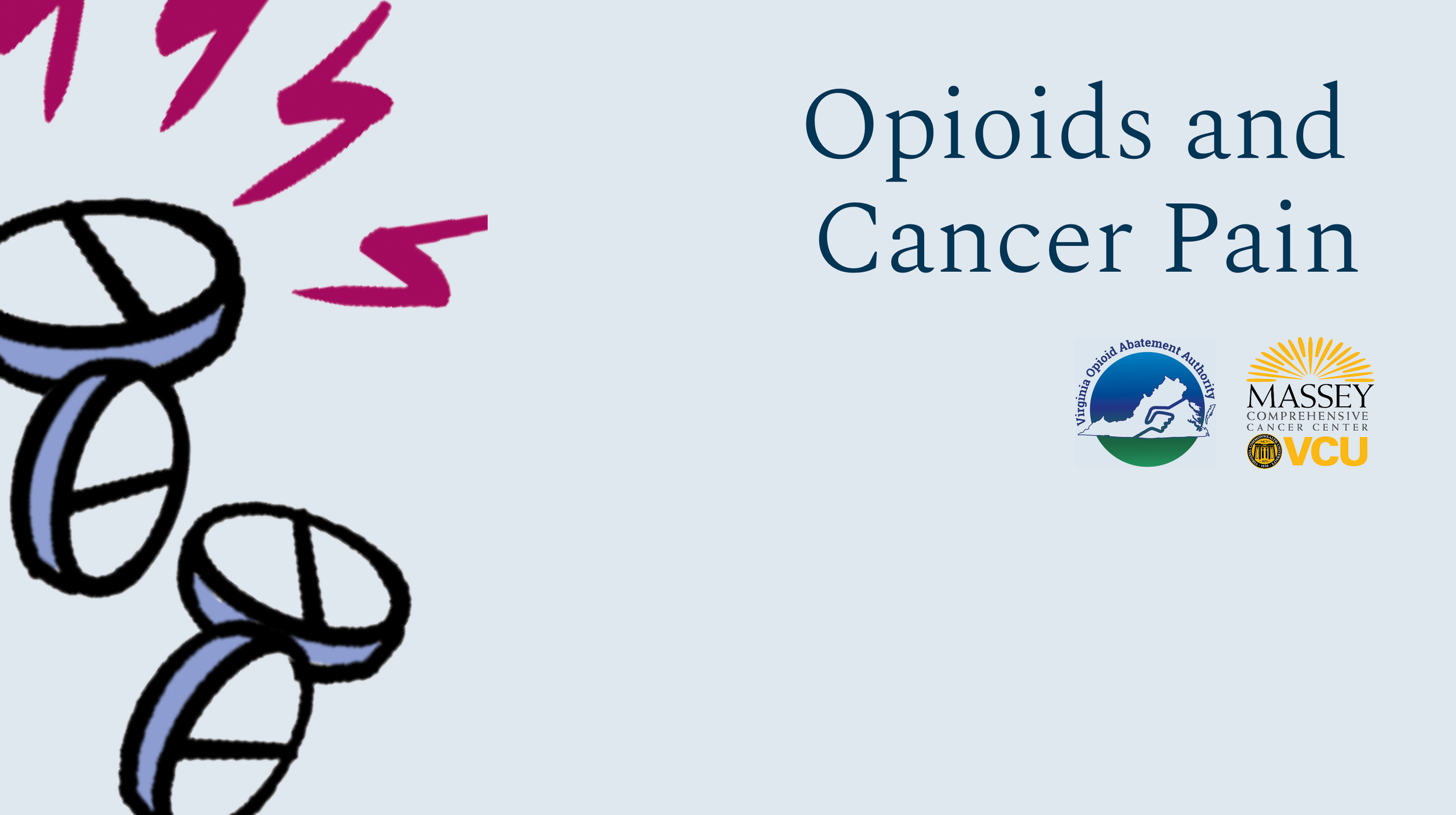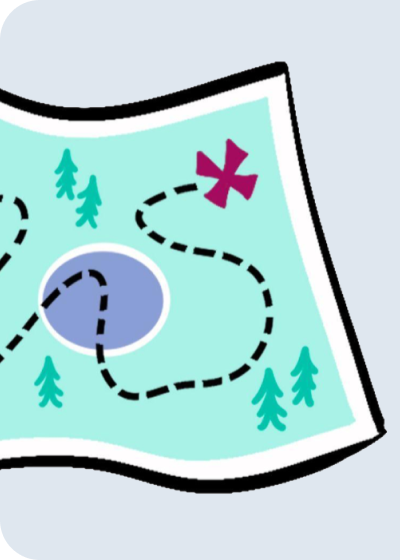Opioids & Cancer Pain
If you have cancer or have had it in the past, you may feel ongoing pain, even after treatment. Opioids are powerful medications, but they may not work well for everyone. Talk to your healthcare team about the benefits, risks, and limitations of opioids.
Opioids and Cancer Pain FAQ
-
Opioids are strong pain medications used to treat moderate to severe pain. They may also be called opiates or narcotics. Examples of opioids include
Hydrocodone
Morphine
Oxycodone
Fentanyl
-
Opioids block pain signals from reaching the brain as our bodies recover from an illness or injury, but they don’t treat the source of the pain. Opioids also trigger the release of dopamine, boosting happiness and feelings of euphoria.
Short-acting, immediate release opioids work quickly and wear off fast. Doctors may prescribe these for use you take several times a day or when you feel sudden, strong pain.
Long-acting, extended release opioids deliver medicine slowly and last longer. Doctors may prescribe these for around-the-clock pain.
-
Opioids may cause side effects such as: drowsiness, nausea and vomiting, constipation.
Make sure your friends and family know the signs of accidental overdose, including: trouble breathing, slow heart rate, loss of consciousness.
Over time, the body can adapt to opioids, and they may not work as well as before. Anyone taking opioids can develop increased tolerance, physical dependence, and a greater risk of addiction.
-
Pain isn’t just physical. It can also be affected by stress, lifestyle, environment, and community and social support.
Opioids may not help every kind of pain. Acetaminophen or NSAIDs may work well for mild to moderate pain. For nerve pain, anti-seizure or antidepressant medicines may work better. Other options like physical therapy, acupuncture, massage, mindfulness, and mental health care can support healing and improve well-being.
Related Resources
More Videos
Explore the rest of our Resource Pages to continue learning.
Opioid Safety
What every patient should know
Cancer Pain
Making a plan that works for you




